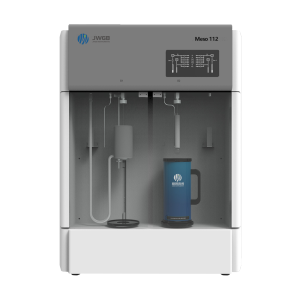These Catalytic Test Units (CTUs) can be used for many specialty chemical processes, fine chemical and pharmaceutical chemistries, such as: hydrogenation, amination and dehydrochlorination. When used with Applied Catalysts activated carbon monolith catalysts (ACMC®), in addition to process intensification (high productivity), the advantages include: higher selectivity, better thermal management, and low pressure drop/low attrition. Three reactors systems have been designed for catalyst screening. The single catalyst testing unit, the multiple catalyst testing unit, and the catalyst lifetime/recycle reactor testing unit. The CTU systems feature gas phase uptake measurements and differential temperature measurements, which can be used as a first level screen of catalytic activity for hydrogenation and other chemistries where gas phase products are consumed.
About us
Beijing JWGB Instrument Co., Ltd.
sales@jwgb.net
Copyright 2004–2024 JWGB.NET

 Specific
surface area analyzer
Specific
surface area analyzer
 Specific surface area analyzer
Specific surface area analyzer



























 TEL: +86 010 63326036
TEL: +86 010 63326036
 ENAIL:sales@jwgb.net
ENAIL:sales@jwgb.net
 TEL: +86 010 63326024
TEL: +86 010 63326024
 EMAIL:sales@jwgb.net
EMAIL:sales@jwgb.net





 TEL: +86 010 63326024
TEL: +86 010 63326024
 EMAIL:sales@jwgb.net
EMAIL:sales@jwgb.net


